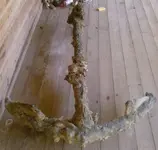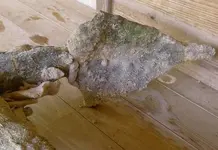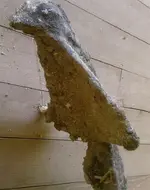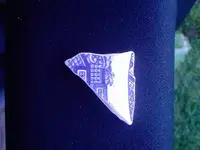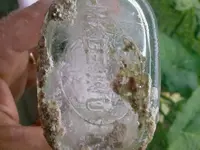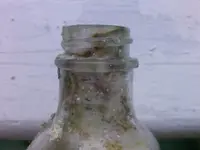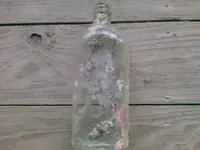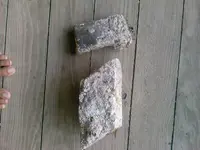divemachine
Greenie
- #1
Thread Owner
Hello everyone,
I recently found this anchor on a reef in a sand pocket. Does anyone of you have any idea about the age or where it may come from etc? It is about 6 feet high and 4 feet wide. It seems to cast as one piece. All help is very much appreciated.
Thanks
I recently found this anchor on a reef in a sand pocket. Does anyone of you have any idea about the age or where it may come from etc? It is about 6 feet high and 4 feet wide. It seems to cast as one piece. All help is very much appreciated.
Thanks



